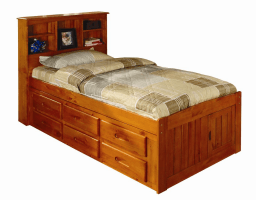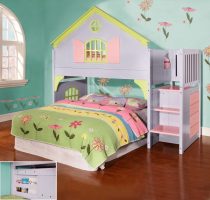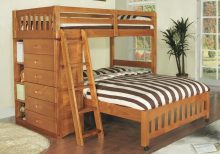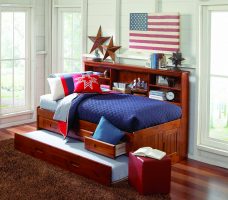Ensuring Your Child’s Room is Healthy

We all want our kids to be safe and healthy, and that means working to ensure that the spaces where they spend their time are healthy. This involves looking at a number of factors from the items and furnishings in the bedroom to the way that it is designed and set up. In this endeavor an attention to detail is going to be your best friends.
The first thing you have to look at is the room itself. If it is an older house then the paint may have lead in it, which is particularly dangerous toddlers. If there is wooden flooring you need to be careful to look out for splinters or sharp cracks. Windows are also important for letting in lots of natural sunlight, and allowing the room to be aired out periodically.
When looking into furniture pieces for a child’s bedroom you want to ensure that toxic stains or varnishes were not used in their construction. These can give off fumes, especially in newer pieces. With older, antique kids furniture to want to watch out for that lead based paint again, and may want to consider refinishing the piece.
Cleanliness is of course the cornerstone of a healthy child’s bedroom. It helps to eliminate dirt, grime, germs, and all of those nasty microbes that can trigger allergies and colds. You’ll of course have to keep up with the room with a daily and weekly routine, that should also involve your kid helping as much as possible. It’s also a good idea to try and make that process easier by designing the room to be simple and easy to keep tidy. Make organization bins broad in category and fun to use, and stay away from the overuse of rugs and floor lamps.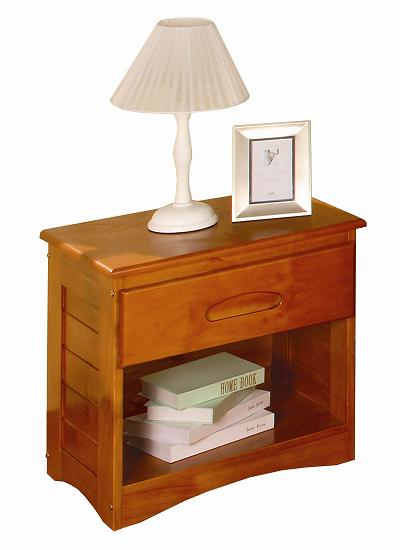
Beyond just being clean and free of anything harmful, a kids room can also be a space for learning about good health. Have plenty of fun books on the topic placed on shelves, and hang posters promoting the brushing of teeth, and good eating habits on the walls. In this way you can shape not only the space around them, but their overall habits.

